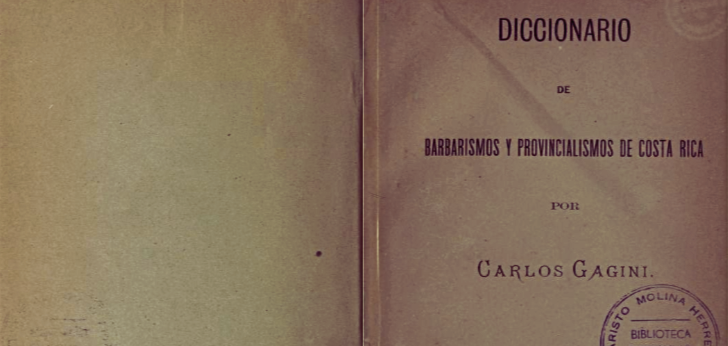Costa Rican Spanish: lexicon and diminutives

We propose a second part on Costa Rican Spanish. Learn about other elements that make the country’s language so characteristic. This time, we will talk about the lexicon and diminutives.
Lexicon
For linguistics, the lexical component of a language – that is, the vocabulary – is shaped, adapted and rearranged to the new realities and needs of the social and cultural group.
In the case of Costa Rica, according to linguist Víctor Sánchez Corrales, its Spanish has a lexical heritage in common with other varieties of American Spanish. However, it possesses a significant number of words that will distinguish it from other types of Hispanic American and Peninsular Spanish.
The Costa Rican lexicon reflects the existential experience that Costa Ricans have about life, nature, their perceptions, the objects and animals that surround them, their emotions, their knowledge and beliefs, their meals, their crops, their work, their games, etc.
Thus, in Costa Rica we have our own ways of referring to parts of the body, clothing, animals, etc. For example, in a popular way, the shirt is called “chema”; the home is called “chante”; the head is called “jupa”. There are several of these cases that could be taken up in a separate article.
If you are curious about the Costa Rican lexicon, you can visit the Diccionario de barbarismos y provincialismos (Dictionary of Costa Rican Barbarisms and Provincialisms) by Carlos Gagini, the Diccionario de costarriqueñismos (Dictionary of Costa Rican Expressions) by Carlos Gagini and the Nuevo diccionario de costarriqueñismos (New Dictionary of Costa Rican Expressions) by Miguel Quesada Pacheco. With these tools, you will be able to examine in detail the typical language of the country. As the first two are older than the last one, it will also be interesting to analyze the evolution of Costa Rican expressions and lexicon.
Diminutives
In Costa Rica, the diminutives used are those ending in -ito. Those ending in -illo are used for particular things such as plants and animals: escobilla (Sida rhombifolia), achotillo (reddish color), aguacatillo (Phoebe Tonduzu), caballitos (carousel), candelilla (firefly), etc.
However, diminutives per se are not a country feature. In fact, they have existed in nouns and adjectives in the Indo-European languages since prehistoric times, but their development varies in the different branches of these languages.
Even so, the abundance of diminutives in Costa Rican Spanish is so notorious that Costa Ricans are distinguished by the name ticos. For Hernán Zamora, in the country, the -ito is used with strictly diminutive value, while the -illo is used with a derogatory sense: chiquito (affectionate qualifier) and chiquillo (term of contempt). It should be emphasized that Zamora’s study is from 1945 and that these descriptions may have varied over the years and that they apply in the vocabulary of people of past generations.
What really makes us stand out?
- The transformation of the suffix -ito to -ico when a t appears in the radical. Example: gat-ico.
- The doubling of the diminutive suffix that has earned the nickname ticos. Example: herman-it-ico.
- The loss of some euphonic sounds that appear in variations of -ito: -cito, -ecito, -ececito.
Diminutives may be part of the speech of most Latin American countries, however, in Costa Rica their use is very notorious.
Sensorial Sunsets
Navigate articles




